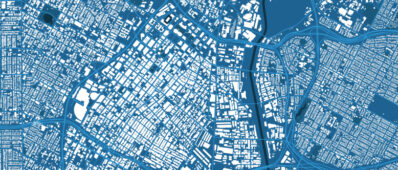Abstract
The built environment surrounding arterials affects the dispersion of vehicular emissions in urban areas, modifying the potential risks to public health. In order to study the influence of urban morphometry on flow and dispersion of vehicular fine particulate matter emissions, in the summer of 2008 field measurements were performed in major arterials located in five Southern Californian cities with different building geometries. In each city, local mean wind, turbulence, virtual temperature, roadside DustTrak Fine Particles (DTFP) concentration, and traffic flow data were collected in 2-hr measurement periods during morning and evening rush hours and lighter midday traffic, over a period of 3 days. The calculated Monin–Obukhov length, L, suggests that near-neutral and slightly unstable conditions were present at both street and roof levels. The nondimensional forms of turbulent wind and temperature fluctuations show that the data at street level within the urban canopy can be represented using the Monin–Obukhov similarity theory. Generalized additive models were applied to analyze the impact of meteorological and traffic-related variables on fine particle concentrations at street level. Compared to other variables, urban-scale background concentrations were the most important variables in all five models. The results confirmed that turbulent mixing in urban areas dominated the variation of roadside particle concentrations regardless of urban geometry. The distance from the local sites to the nearby monitoring stations affected model performance when urban-scale concentrations were used to predict middle-scale concentrations by generalized additive models (GAMs). A radius of influence for background concentrations was 6–10 km. There were also relationships between concentration and other variables affecting the local components of the concentrations, such as wind direction, sensible heat flux, and vertical wind fluctuation, although the influences were much weaker.

